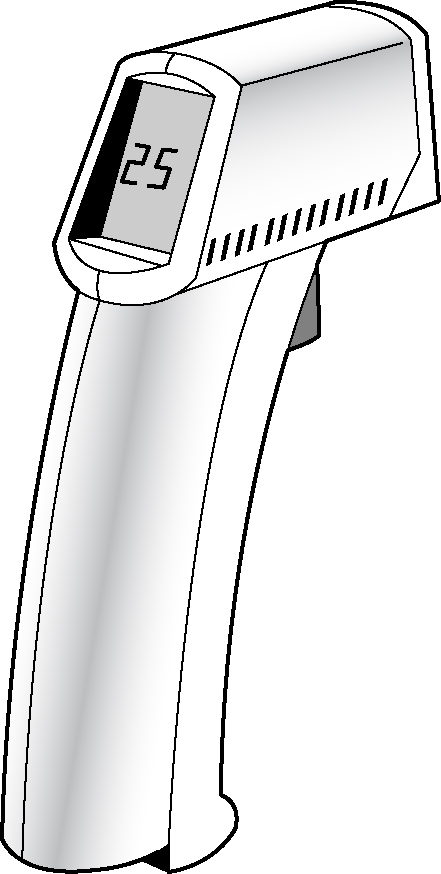Upgrading And Repairing PCs 21st Edition: PC Diagnostics
Special Tools For The Enthusiast
All the tools described so far are commonly used by most technicians. However, a few additional tools do exist that a true PC enthusiast might want to have.
Electric Screwdriver
Perhaps the most useful tool I use is an electric screwdriver. It enables me to disassemble and reassemble a PC in record time and makes the job not only faster but easier as well. I like the type with a clutch you can use to set how tight it will make the screws before slipping; such a clutch makes the tool even faster to use. If you use the driver frequently, it makes sense to use the type with replaceable, rechargeable batteries, so when one battery dies you can quickly replace it with a fresh one.
CautionNote that using an electric screwdriver when installing a motherboard can be dangerous because the bit can easily slip off the screw and damage the board. A telltale series of swirling scratches near the screw holes on the board can be the result, for which most manufacturers rightfully deny a warranty claim. Be especially careful if your motherboard is retained with Phillips-head screws because they are extremely easy for the bit to slip out of.
Temperature Probe
Determining the interior temperature of a PC is often useful when diagnosing whether heat-related issues are causing problems. The simplest and best tool I’ve found for the job is the digital thermometers sold at most auto parts stores for automobile use. They are designed to read the temperature inside and outside the car and normally come with an internal sensor, as well as one at the end of a length of wire.
Normally, the maximum limit for internal air temperature should be 110°F (43°C) or less. If your system is running near or above that temperature, problems can be expected.
Infrared Thermometer
Another useful temperature tool is a noncontact infrared (IR) thermometer, which is a special type of sensor that can measure the temperature of an object without physically touching it (see the figure below). You can take the temperature reading of an object in seconds by merely pointing the handheld device at the object you want to measure and pulling a trigger.
An IR thermometer works by capturing the infrared energy naturally emitted from all objects warmer than absolute zero (0° Kelvin). Infrared energy is a part of the electromagnetic spectrum with a frequency below that of visible light, which means it is invisible to the human eye. Infrared wavelengths are between 0.7 microns and 1000 microns (millionths of a meter), although infrared thermometers typically measure radiation in the range 0.7–14 microns.
Get Tom's Hardware's best news and in-depth reviews, straight to your inbox.
Because IR thermometers can measure the temperature of objects without touching them, they are ideal for measuring chip temperatures in a running system—especially the temperature of the CPU heatsink. By merely pointing the device at the top of the CPU and pulling the trigger, you can get a very accurate measurement in about 1 second. To enable more accuracy in positioning, many IR thermometers incorporate a laser pointer, which is used to aim the device. IR thermometers like the MiniTemp series are available from companies like Raytek.
Large Claw-Type Parts Grabber
One of the more useful tools in my toolbox is a large claw-type parts grabber, normally sold in stores that carry automotive tools. Having one of these around has saved many hours of frustration digging back into a system or behind a desk for a loose or dropped screw.
Current page: Special Tools For The Enthusiast
Prev Page Test Equipment: Logic Probes, Outlet Testers, And Memory Module Testers Next Page Preventative MaintenanceTom's Hardware is the leading destination for hardcore computer enthusiasts. We cover everything from processors to 3D printers, single-board computers, SSDs and high-end gaming rigs, empowering readers to make the most of the tech they love, keep up on the latest developments and buy the right gear. Our staff has more than 100 years of combined experience covering news, solving tech problems and reviewing components and systems.


